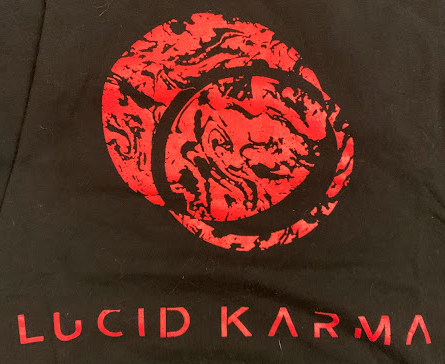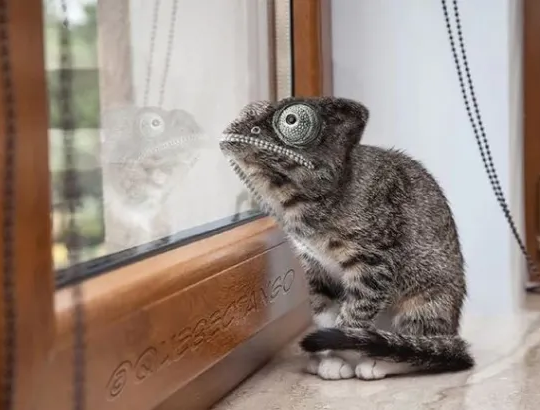Last night I dreamed that I saw a blog post with that title (including the odd capitalization), though I wasn't sure whether it was on my own blog or someone else's. I didn't read the post; I only saw the title.
By posting this, I am making my dream come true.
In the dream, I thought it was an allusion to Jim Morrison's "The Celebration of the Lizard," with its famous lines "I am the Lizard King / I can do anything." Wizard sounds like lizard, and the lion is the king of beasts -- ergo, Wizard Lion = Lizard King.
Immediately upon waking, I thought, no, the wizard/lizard lion is the chameleon, a lizard with a lion in its name and with the "magical" ability to change color.
Not until this evening did I get around to looking up "The Celebration of the Lizard." Like most Gen-X Mormons, I am a half-assed Doors fan at best and only knew a few lines -- "Is everybody in? / The ceremony is about to begin," plus the Lizard King bit. As it turns out, the very first word of the poem is lions, which would seem to confirm my in-dream interpretation.
I was sync-posting about "The invincible Lizard King" back in January 2023.
Given Mr. Mojo Risin's penchant for anagrams, I thought "I am the wizard Lion" might be one. It's an anagram of "rationalized whim," which seems like a phrase people might use on occasion, so I tried googling it. Only four results -- but the first one was very recent: a March 1, 2024, article for The Lamp by Jude Russo, called "Whim All the Way Down" -- about, of all things, the watches owned by dictators. The key phrase occurs in the first paragraph:
Most Americans, I think, fancy themselves collectors of something or other. It is the natural consequence of our superabundant material culture; with the specter of famine having shuffled almost out of our living memory, people are free to devote a decent portion of their earnings to whim. Collecting is just rationalized whim.
I am no exception. I have my little whims -- books, guns, watches -- but . . .
Note that though the rest of the article is about watches, early on he pairs them with guns.
Scrolling down a bit, I noticed a "colonel" reference:
Col. Muammar Gaddhafi kept up a steady stream of inexpensive quartz watches bearing his likeness at every stage of his fashion sensibility . . .
This led me to the colonel's Wikipedia article, where I found this:
Colonel Gaddafi's golden gun caught my eye because, due to recent Corn Flakes syncs, I had been thinking about songs that mention that cereal: "I Am The Walrus," "Punky's Dilemma" by Simon & Garfunkel, and of course Tori Amos's "Cornflake Girl" -- which has the repeated line "And the man with the golden gun thinks he knows so much."
I hadn't listened to any of those songs or even searched for them -- I had just been thinking about them -- when I opened up the YouTube Music on my phone and found that the first song it had queued up in my "Supermix" was called "Gold Guns Girls":
After that, running into a real-life Colonel with a Golden Gun -- found by searching for an anagram of a line from a dream! -- was quite the coincidence.































